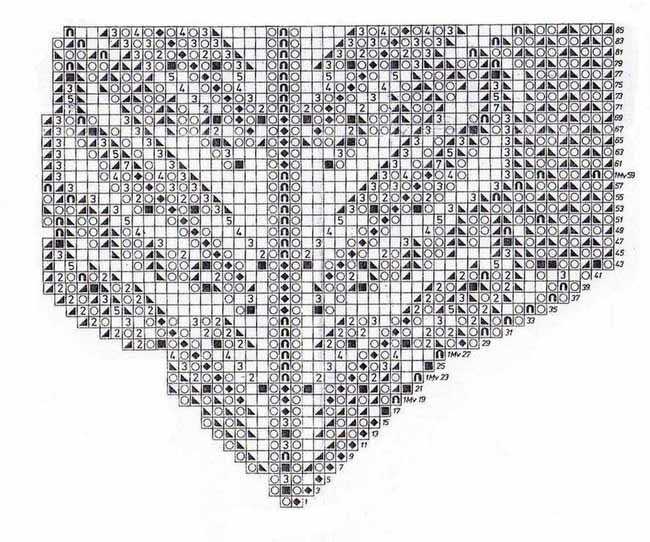
Are you new to the world of knitting and looking to take on a new project? Knitting shawls can be a great way to develop your skills and create beautiful, wearable pieces. While shawls may seem daunting at first, there are many beginner-friendly patterns available that can guide you through the process.
When choosing a knitting pattern for beginners, it’s important to look for designs that use basic stitches and techniques. This will allow you to practice and become comfortable with the fundamentals of knitting, such as knit and purl stitches, increasing and decreasing, and reading a pattern. Shawls often involve repetitive patterns, making them a great project for practicing these skills.
One of the advantages of knitting shawls is that they come in various shapes and sizes, allowing you to tailor your project to your preferences. Triangle shawls, for example, are a popular choice for beginners as they offer plenty of opportunities to practice increasing and decreasing. Rectangular shawls are another option, offering a simpler shape and easy-to-follow patterns.
Whether you prefer lace, texture, or colorwork, there is a knitting shawl pattern suitable for your skill level. As a beginner, it’s important to choose a pattern that matches your current abilities and interests. With practice and patience, you’ll soon find yourself creating stunning shawls that you can proudly wear or gift to others.
Knitting Shawl Patterns for Beginners
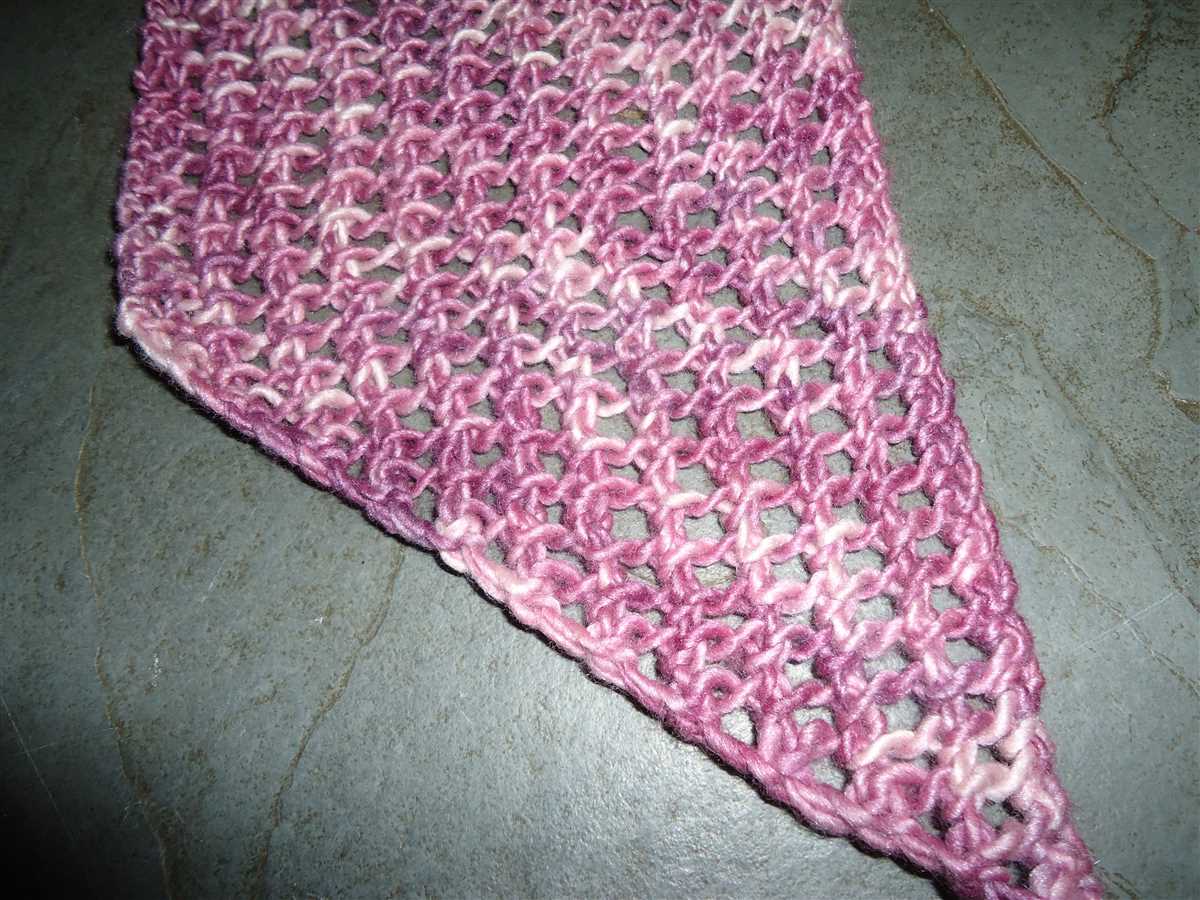
Knitting shawls is a popular and rewarding craft that is accessible to knitters of all skill levels, including beginners. With the right pattern and some basic skills, beginners can create beautiful and functional shawls to wear or give as gifts. There are many knitting shawl patterns available specifically designed for beginners, which provide clear instructions and guidance to help new knitters master the art of shawl making.
Simple Triangle Shawl
One of the most popular shawl patterns for beginners is the simple triangle shawl. This pattern typically starts at the center top and gradually increases in size as rows are added. The stitches used are usually basic knit and purl stitches, making it easy for beginners to follow along. The simple triangle shawl is a versatile pattern that can be customized with different yarns and stitch patterns, allowing beginners to experiment and personalize their creations.
Garter Stitch Shawl
The garter stitch is a pattern that involves knitting every stitch on every row, creating a bumpy texture that is perfect for shawls. A garter stitch shawl is an excellent choice for beginners because it is simple and easy to knit, but still produces a beautiful finished product. This pattern can be made with any yarn and needle size, making it adaptable to the knitter’s preferences. The garter stitch shawl is a classic design that never goes out of style and is suitable for both casual and formal occasions.
Colorful Striped Shawl
For beginners who want to add a pop of color to their shawls, a colorful striped pattern is a great option. This pattern allows knitters to experiment with different yarn colors and create unique, eye-catching designs. The striped shawl usually involves alternating between different colored yarns, resulting in a vibrant and dynamic finished product. This pattern is a fun way for beginners to practice basic knitting techniques while also exploring their creativity and personal style.
In conclusion, there are numerous knitting shawl patterns available for beginners to embark on their shawl-making journey. Whether it’s a simple triangle shawl, a garter stitch shawl, or a colorful striped design, beginners can find patterns that suit their skill level and personal preferences. With practice and patience, beginners can create stunning shawls to keep warm or give as thoughtful handmade gifts.
Choosing the Right Yarn and Needles
When it comes to knitting shawls, choosing the right yarn and needles is crucial to ensuring a successful project. The type and weight of yarn you choose will determine the drape and texture of your finished shawl, while the size of your needles will affect the overall stitch size and tension.
Yarn: When selecting yarn for your shawl, consider the desired drape and warmth you want to achieve. Fine, lightweight yarns such as fingering or lace weight will create a delicate and airy shawl, while thicker yarns like DK or worsted weight will result in a more substantial and cozy shawl. Choose a yarn that complements the pattern and suits your personal style.
Needles: The size of your needles will determine the stitch size and tension of your shawl. For beginners, it is recommended to start with a medium-sized needle, such as a US size 8 or 9 (5 – 5.5 mm), as it is easier to handle and allows for better stitch visibility. However, the needle size will ultimately depend on the yarn you choose and the desired effect you want to achieve. Be sure to check the pattern instructions for the recommended needle size and adjust accordingly.
When selecting needles, consider the material as well. Certain types of yarn, such as slippery silk or cotton, may require the use of bamboo or wooden needles to prevent stitches from slipping off. On the other hand, if you are working with a sticky or fuzzy yarn, metal or plastic needles may provide smoother movement. It’s also a good idea to have a few different needle lengths on hand, as longer needles can accommodate more stitches for larger shawls, while shorter needles are more manageable for smaller projects.
Basic Shawl Shapes and Styles
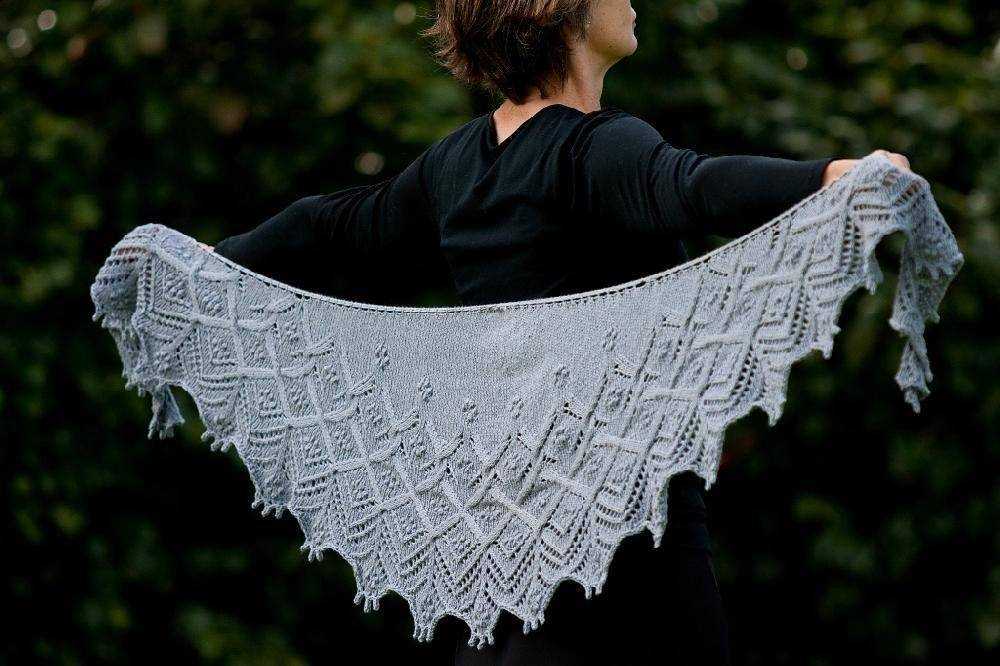
There are several basic shawl shapes and styles that are perfect for beginners to try. Understanding these different shapes will give you the foundation to explore various knitting patterns and create beautiful shawls.
1. Triangle Shawl
The triangle shawl is a classic and versatile shape that is commonly used for knitting shawls. It starts with a small number of stitches at the center top and increases outward to create a triangular shape. Triangle shawls can be knit in a garter stitch for a simple and textured look, or in a lace stitch for a more intricate design.
2. Rectangular Shawl
A rectangular shawl is another popular option for beginners. It is typically knit in a simple stitch pattern, such as garter stitch or stockinette stitch. The long and narrow shape of the rectangular shawl makes it easy to drape around your shoulders or wrap around your neck.
3. Crescent Shawl
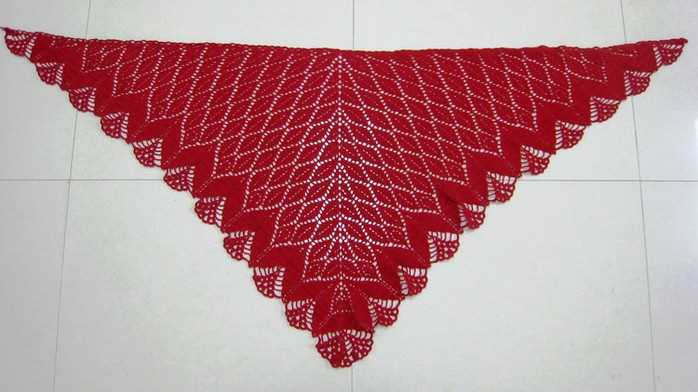
The crescent shawl is a slightly more advanced shape, but still achievable for beginners. It has a curved shape that creates a gentle arc when worn. Crescent shawls can be knit using short rows or increasing and decreasing stitches to create the curved shape. This shape is perfect for experimenting with different stitch patterns and color combinations.
4. Square Shawl

A square shawl is another simple and beginner-friendly option. It is knit in a square shape, either starting from the center or from one corner. Square shawls can be knit in a variety of stitch patterns, from basic garter stitch to more complex lace patterns. The square shape gives you plenty of versatility in how you wear and style the shawl.
These are just a few of the basic shawl shapes and styles that beginners can try. Each shape offers its own unique design possibilities, allowing you to explore different stitch patterns, colors, and yarns to create a shawl that is truly your own. Whether you prefer a simple and classic look or want to experiment with more intricate designs, there is a shawl shape and style that is perfect for you.
Knitting Terminology and Techniques

If you are a beginner knitter, it is helpful to familiarize yourself with some common knitting terminology and techniques. This will make it easier to understand knitting patterns and instructions, and allow you to take on more complex projects as you gain experience.
1. Casting On
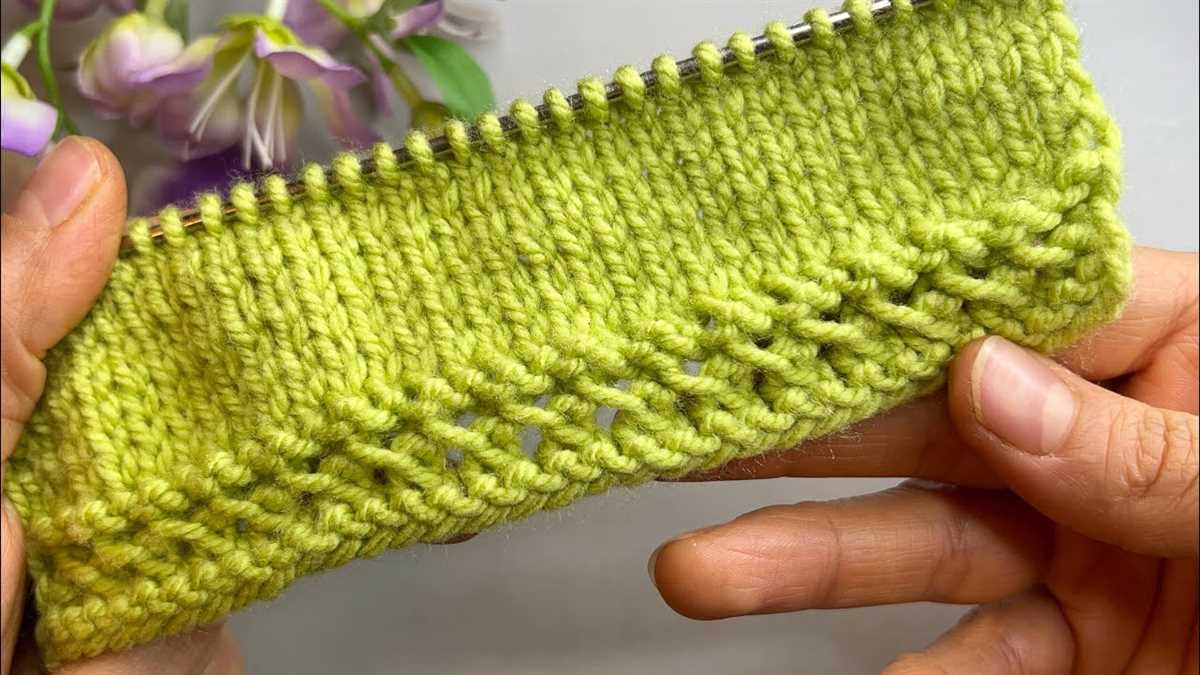
Casting on is the first step in starting a knitting project. It is the process of creating the first row of stitches on the knitting needle. There are several methods of casting on, including the long-tail cast on, the knitted cast on, and the cable cast on. Each method produces a slightly different edge and has its own advantages in different situations.
2. Knit Stitch
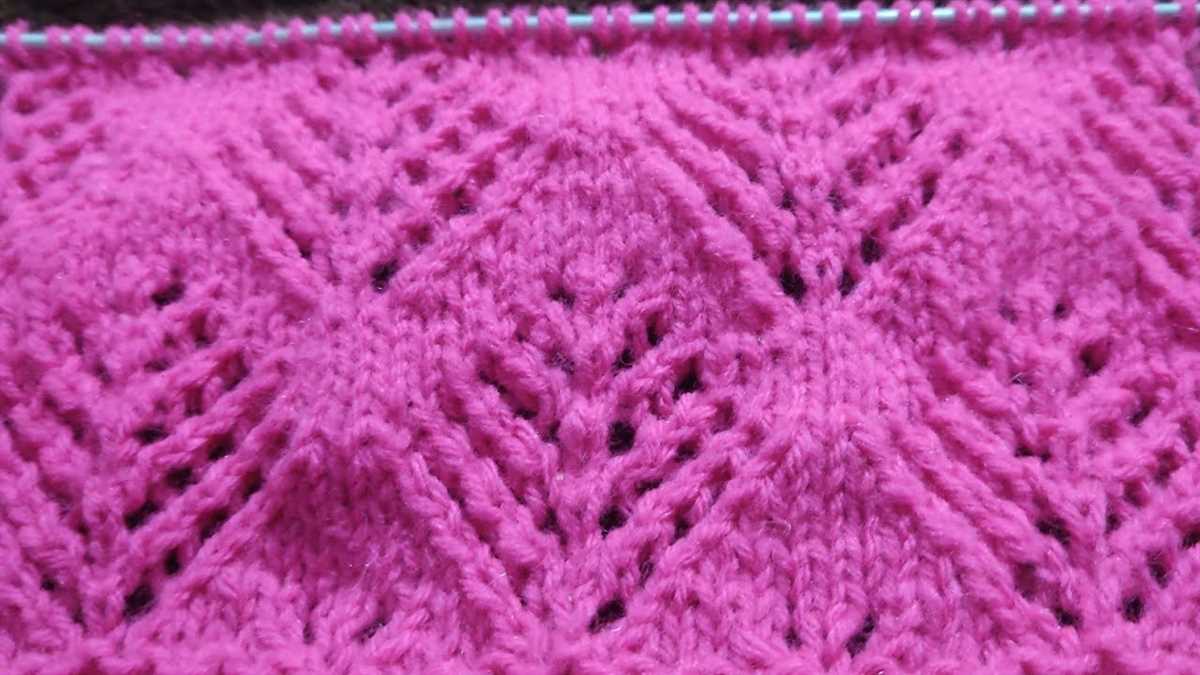
The knit stitch is the most basic stitch in knitting. It is used to create the smooth, V-shaped fabric that is characteristic of knitting. To make a knit stitch, insert the right needle into the front of the stitch on the left needle, wrap the yarn around the right needle, and pull the loop through, slipping the old stitch off the left needle.
3. Purl Stitch
The purl stitch is the second basic stitch in knitting. It creates a bump or pearl-like texture on the fabric. To make a purl stitch, hold the yarn in front of the work, insert the right needle from right to left through the front of the stitch on the left needle, wrap the yarn around the right needle, and pull the loop through, slipping the old stitch off the left needle.
4. Bind Off

When you have finished knitting your project, you need to bind off to secure the stitches and create a neat edge. To bind off, knit the first two stitches, then insert the left needle into the front of the first stitch on the right needle and lift it over the second stitch and off the right needle. Repeat this process until there is only one stitch remaining, then cut the yarn and pull it through the last stitch to secure it.
These are just a few examples of the many knitting terminology and techniques that you will encounter as you explore the world of knitting. Taking the time to learn and practice these fundamentals will set a strong foundation for your knitting journey and open up a world of possibilities for creating beautiful shawls and other knitted items.
Garter Stitch Shawl Pattern
If you are a beginner knitter looking for a simple yet stylish project, a garter stitch shawl is a perfect choice. The garter stitch is one of the most basic and easiest knitting stitches, making it ideal for beginners. This pattern will guide you through creating a beautiful shawl using just the garter stitch.
To start, you will need a pair of knitting needles and a soft, lightweight yarn in the color of your choice. Choose a yarn that is suitable for the size of needles you are using, and one that will drape nicely once the shawl is complete.
Materials:
- Size 8 (5mm) knitting needles
- 400 yards of lightweight yarn
- Tapestry needle
Instructions:
- Cast on 3 stitches.
- Knit every row until the shawl reaches your desired size.
- Bind off all stitches and weave in any loose ends.
That’s it! The garter stitch shawl is a simple and versatile project that can be customized to your liking. You can make it larger or smaller by adjusting the number of stitches you cast on, or by knitting more or fewer rows.
Once you have mastered the garter stitch shawl pattern, you can experiment with different yarns and colors to create unique and beautiful shawls. You can also add embellishments such as fringe or lace borders to enhance the design. The possibilities are endless!
Stockinette Stitch Shawl Pattern
A stockinette stitch shawl is a versatile and elegant garment that can be knit easily by beginners. The stockinette stitch, also known as the stocking stitch, is a basic and widely used knitting stitch pattern. It is characterized by rows of knit stitches on the right side and rows of purl stitches on the wrong side, creating a smooth and uniform fabric.
To knit a stockinette stitch shawl, you will need a pair of knitting needles and a skein of yarn in your chosen color. Begin by casting on the desired number of stitches, which will determine the width of your shawl. For beginners, it is recommended to start with a small number of stitches, such as 40 or 50, to practice the stitch pattern.
Once you have cast on the stitches, follow the pattern of knitting knit stitches on the right side and purl stitches on the wrong side. Continue to repeat this pattern for the desired length of your shawl. Remember to always knit the first stitch of every row to create a neat edge.
You can also add some variations to your stockinette stitch shawl pattern to make it more unique. For example, you can incorporate different colors by using multiple skeins of yarn or by knitting stripes. You can also experiment with different needle sizes to create a looser or tighter fabric.
After completing the stockinette stitch pattern, you can finish your shawl by binding off the stitches. You can either bind off all the stitches together or create a decorative edge, such as a picot or lace border. Finally, weave in any loose ends and block your shawl to give it a polished and professional look.
Lace Shawl Pattern
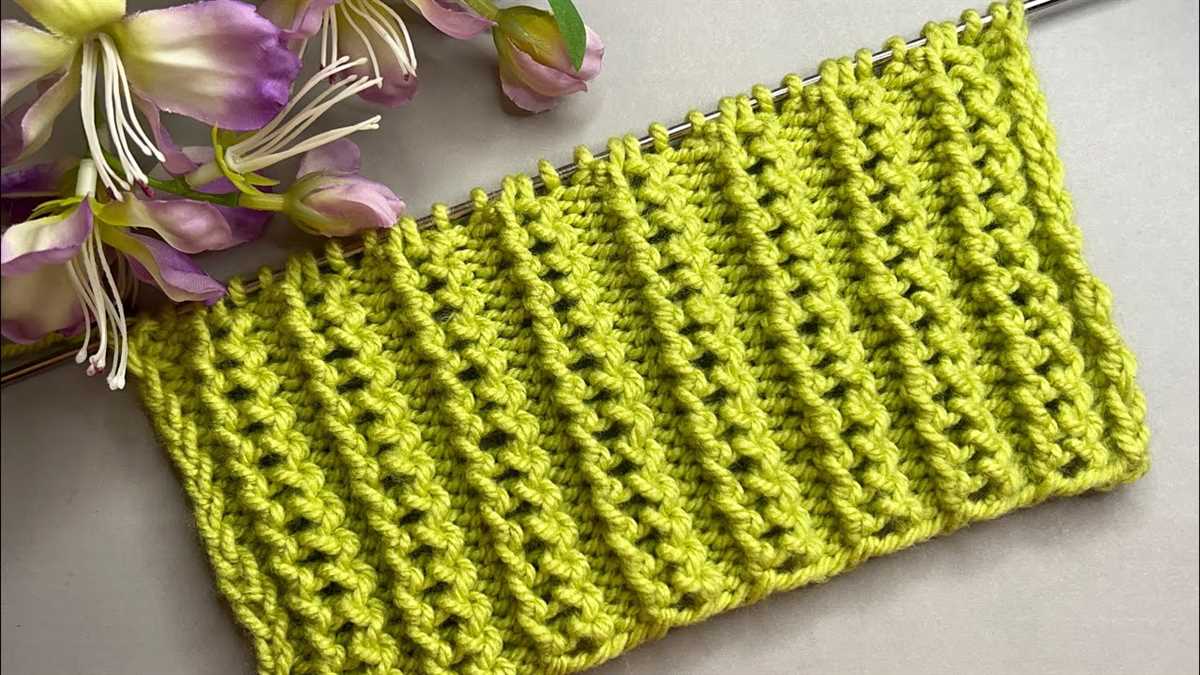
A lace shawl is a delicate and intricate piece that adds elegance to any outfit. It is a perfect project for beginners who are looking to challenge themselves and learn new knitting techniques. The lace pattern creates a beautiful openwork design, making it a great choice for lightweight and breathable shawls.
When choosing a lace shawl pattern for beginners, it is important to look for a design that is simple yet visually appealing. A pattern with basic lace stitches such as yarn overs and decreases is a good starting point. This allows beginners to practice and master the essential lace knitting skills before moving on to more complex patterns.
Materials:
- Lightweight yarn (such as fingering weight or lace weight)
- Knitting needles in the recommended size for your chosen yarn
- Stitch markers
- Tapestry needle for weaving in ends
Instructions:
- Begin by casting on the desired number of stitches, keeping in mind the width of the shawl and the type of lace pattern you will be working.
- Follow the lace pattern instructions, which will typically include a combination of knit, purl, yarn over, and decrease stitches. Pay close attention to any stitch counts or pattern repeats.
- Continue knitting the lace pattern for the desired length, being careful to maintain the correct number of stitches and pattern repeats.
- When you reach the end of the pattern or the desired size, bind off your stitches and weave in any loose ends.
With a lace shawl pattern, the possibilities are endless. You can experiment with different yarns, colors, and stitch combinations to create a unique and personalized shawl. Remember to take your time and enjoy the process of knitting this beautiful accessory.
If you’re a beginner knitter looking to expand your skills and create a beautiful shawl, the Colorful Striped Shawl Pattern is a great option. This pattern is designed with simplicity in mind, making it perfect for those who are new to knitting shawls.
The Colorful Striped Shawl Pattern features a combination of colorful, bold stripes that add a fun and vibrant touch to any outfit. The pattern calls for basic knit and purl stitches, making it easy to follow along and create beautiful results.
Materials Needed:
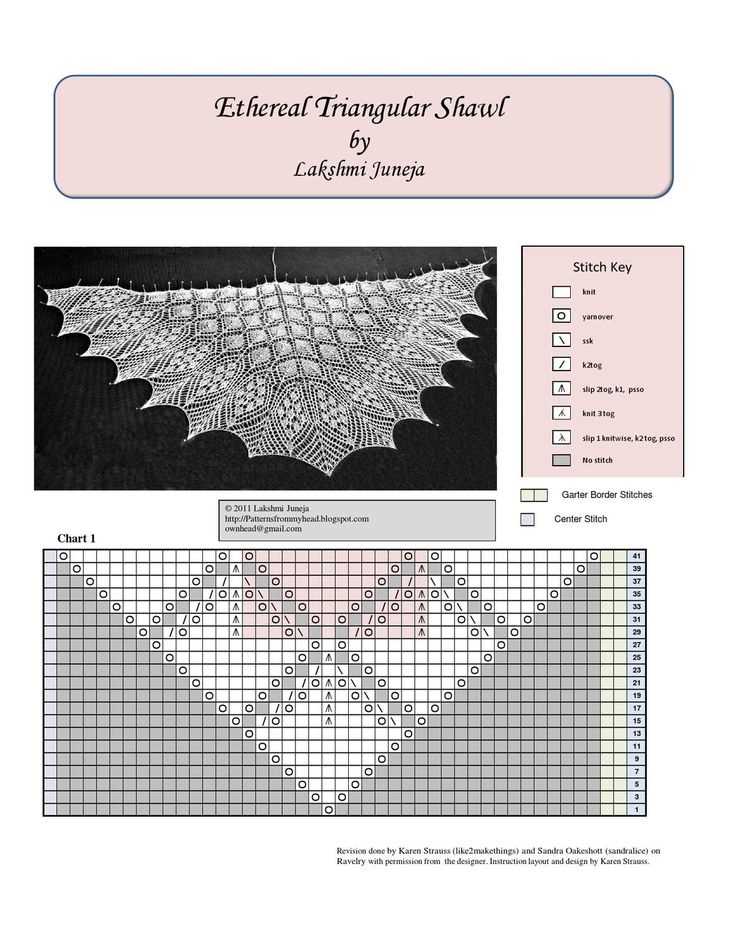
- Size 8 knitting needles
- Worsted weight yarn in various colors
- Tapestry needle
- Scissors
Instructions:
- Cast on 60 stitches using your preferred color.
- Knit 2 rows.
- Switch to your second color and knit 2 rows.
- Continue alternating colors every 2 rows until your shawl reaches the desired length. You can choose to repeat the color sequence or create a random pattern.
- Bind off your stitches and weave in any loose ends.
This Colorful Striped Shawl Pattern is a great project to practice your knitting skills and create a beautiful accessory. Whether you’re knitting for yourself or as a gift for someone else, this pattern is sure to impress. Happy knitting!
Cabled Shawl Pattern
A cabled shawl pattern is a perfect choice for knitters who want to take their skills to the next level. Cable stitches create beautiful texture and add visual interest to the shawl, making it a stunning accessory to wear or gift.
When choosing a cabled shawl pattern for beginners, it’s important to look for one that offers clear instructions and a manageable number of cables to knit. Starting with a smaller number of cables will allow you to practice the techniques and become familiar with the cable chart, without feeling overwhelmed.
Key Features:
- Simple cable designs: Look for patterns that feature basic cables, such as the classic 4-stitch cable or the 6-stitch cable. These designs are easier to follow and perfect for beginners.
- Clear instructions: Make sure the pattern provides detailed explanations of how to knit the cables, including abbreviations and any special techniques required.
- Cable chart: A cable chart is a visual representation of the cable stitches and the order in which they are knit. Look for a pattern that includes a clear and easy-to-read cable chart.
Remember, practice makes perfect when it comes to knitting cables. Don’t be discouraged if your first few attempts don’t turn out exactly as you imagined. With time and practice, you’ll become more comfortable with the techniques and soon be knitting beautiful cabled shawls with ease.
Top-Down vs Bottom-Up Shawl Construction
When it comes to knitting shawls, there are two main construction methods: top-down and bottom-up. Both have their own advantages and can produce beautiful results, but each approach has its differences that may appeal to different knitters depending on their preferences and experience.
Top-Down Construction:
Top-down shawl construction starts at the center of the shawl and works outward to create the desired shape. This method typically begins with just a few stitches and gradually increases in size as you progress. One of the benefits of top-down construction is that you have the flexibility to easily adjust the size of the shawl as you go, allowing you to customize it to your liking. Additionally, top-down shawls often feature intricate lace or cable patterns that are more easily worked from the center out.
One popular technique for top-down shawls is the “Pi shawl” method, where increases are spaced out evenly to create a circular shape. This creates a stunning result with a lot of drape and can be particularly suitable for lightweight yarns.
Bottom-Up Construction:
Bottom-up shawl construction, as the name suggests, starts at the bottom edge and works upward. This means that you begin with a large number of stitches and decrease as you go to shape the shawl. A benefit of bottom-up construction is that it allows for more control over the placement of increases and decreases, which can be especially useful when working with intricate stitch patterns or motifs. It also results in a shawl that feels more solid and substantial, which can be desirable for certain designs or when using heavier weight yarns.
Bottom-up shawls often begin with a garter stitch edge, which provides stability and prevents the lower edge from curling. This can be followed by a variety of stitch patterns, such as lace or colorwork, depending on the desired design.
Choosing the Right Method:
Ultimately, the choice between top-down and bottom-up shawl construction comes down to personal preference and the specific goals of your project. If you enjoy the flexibility of adjusting the size as you go and want to showcase intricate stitch patterns, top-down construction may be the way to go. On the other hand, if you prefer more control and want a shawl with a solid, substantial feel, bottom-up construction might be a better fit. Whichever method you choose, both offer unique opportunities for creativity and can result in stunning shawls that you will be proud to wear or give as gifts.
Blocking and Finishing Techniques
Blocking is an essential process in knitting that helps to shape and give a finished look to your knitted shawl. It involves stretching and dampening the knitted fabric to open up the stitches and even out the tension. Here are some blocking techniques you can use:
1. Wet Blocking:
This is the most common method of blocking. Start by filling a basin with room temperature water and adding a small amount of mild detergent. Place the shawl in the water, gently pressing it down to submerge it completely. Let it soak for about 15 minutes, then drain the water and gently squeeze out the excess moisture. Lay the shawl flat on a clean towel and roll it up, pressing down to remove more moisture. Unroll the towel and place the shawl on a blocking mat or any flat surface. Use T-pins to pin the shawl into shape, stretching it slightly if needed. Leave it to dry completely.
2. Steam Blocking:
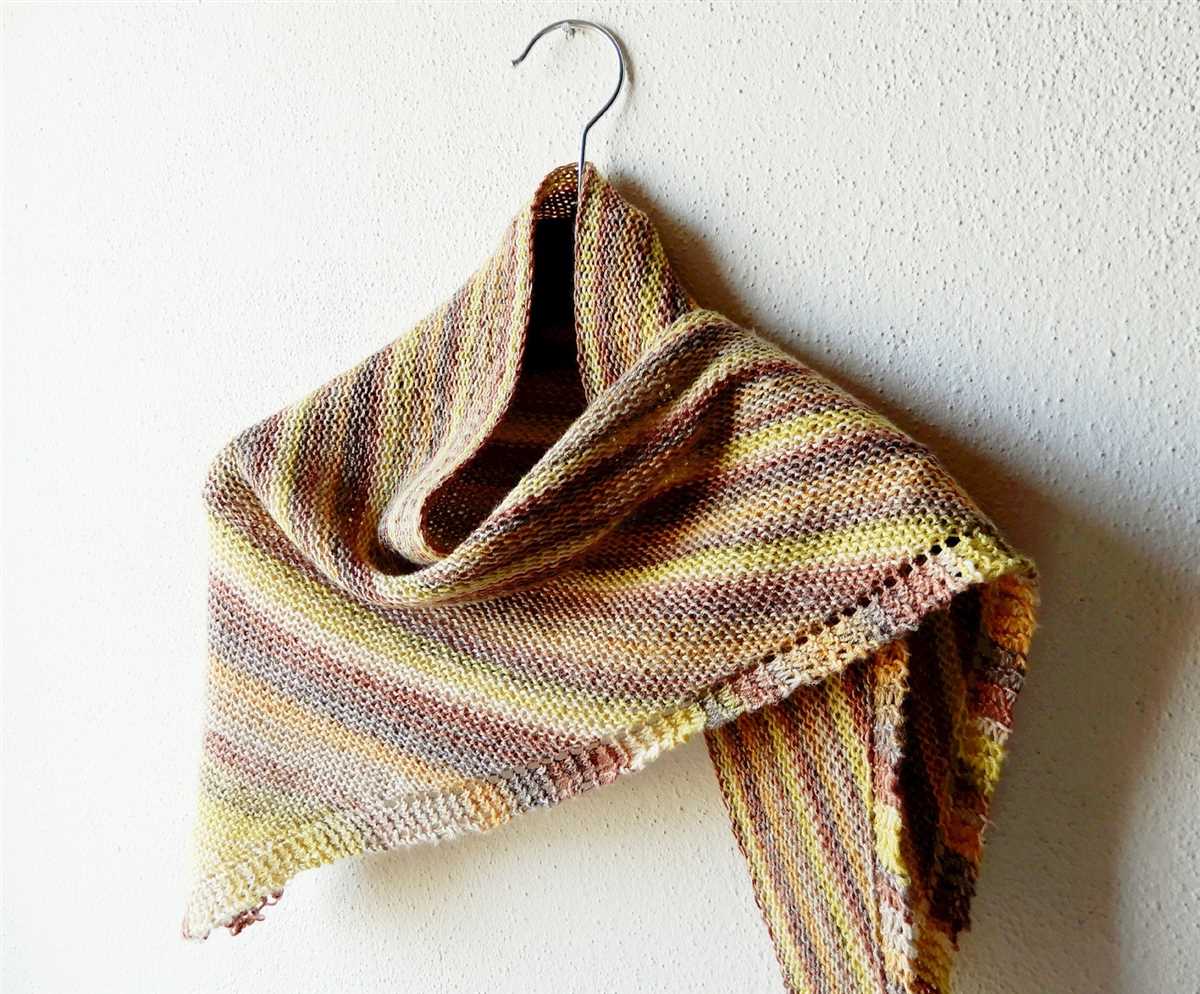
If you prefer not to soak your shawl, steam blocking is an option. Fill a steam iron with distilled water and set it to the lowest steam setting. Hold the iron about an inch away from the shawl and gently steam it, moving the iron back and forth to cover the entire shawl. Avoid touching the iron to the shawl directly. Once the shawl is steamed, lay it flat on a blocking mat and use T-pins to pin it into shape. Leave it to dry completely before removing the pins.
After blocking, you can finish your knitted shawl by weaving in any loose ends of yarn using a yarn needle. Make sure to secure the ends well so they don’t come undone. You can also add decorative finishes such as tassels or fringe to give your shawl a personalized touch. Remember to follow the specific instructions for your chosen shawl pattern to achieve the desired finished look.
Adding Embellishments to Shawls
Shawls are versatile accessories that not only provide warmth and comfort, but also allow for personalization and creativity. One way to elevate the look of a shawl is by adding embellishments. These decorative elements can range from simple to intricate, and can be used to create unique and eye-catching designs.
There are several ways to incorporate embellishments into a shawl. One popular option is to use different types of yarns, such as metallic or variegated yarns, to add texture and visual interest. Another option is to incorporate beads into the design. Beads can be sewn onto the shawl or added as you knit to create beautiful accents.
Knitting techniques such as lace and cable stitches can also be used to add embellishments to shawls. Lace stitches create delicate and intricate patterns, while cable stitches add a unique texture and dimension. These techniques can be combined with different yarns and colors to create stunning shawl designs.
When adding embellishments to a shawl, it’s important to consider the overall design and aesthetic. Too many embellishments can overpower the shawl, while too few can make it look plain. It’s all about finding the right balance and creating a design that reflects your personal style.
If you’re new to adding embellishments to shawls, it’s a good idea to start with simple techniques and gradually build your skills. You can find a variety of patterns and tutorials online that provide step-by-step instructions and inspiration for adding embellishments to your shawl designs.
- Here are a few ideas to get you started with adding embellishments to shawls:
- – Use yarns with different textures and colors to create stripes or color blocks.
- – Experiment with different stitch patterns, such as lace or cable stitches, to add texture and dimension.
- – Sew on beads or sequins to create accents and sparkle.
- – Add fringe to the edges of the shawl for a boho or vintage-inspired look.
- – Incorporate tassels or pompoms for a fun and playful touch.
Remember, adding embellishments to a shawl is a chance to showcase your creativity and make a one-of-a-kind accessory. Have fun experimenting with different techniques and materials, and don’t be afraid to try something new!
Resources for Finding More Shawl Patterns and Inspiration
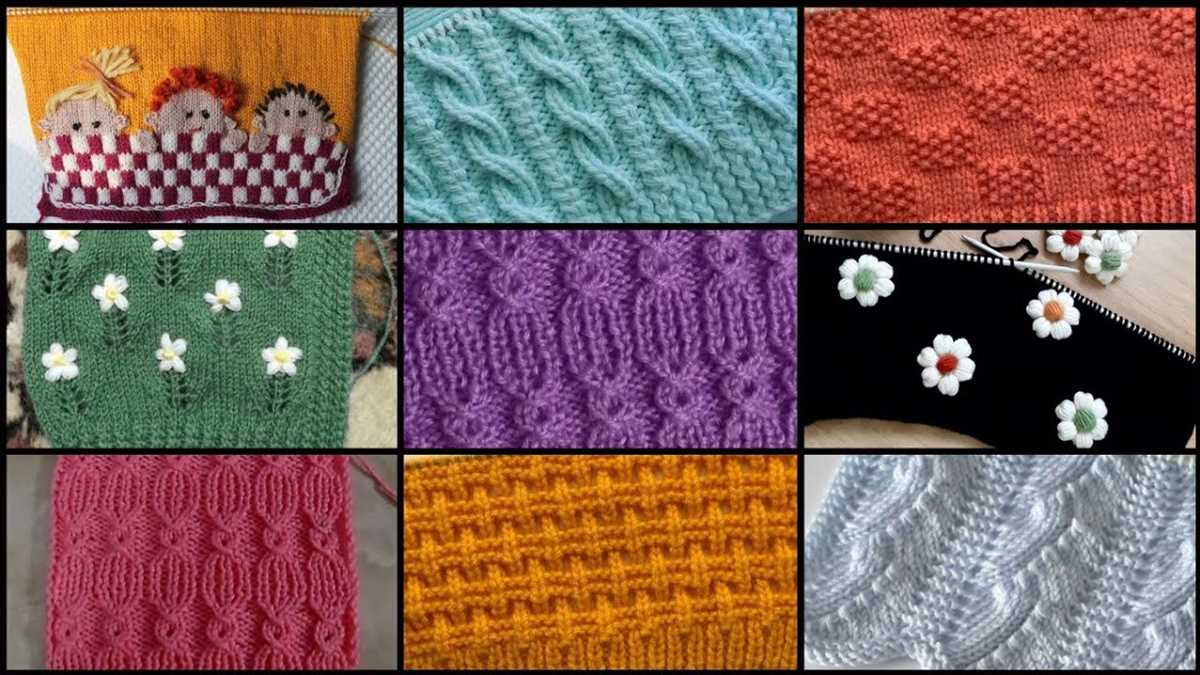
If you’re a beginner knitter looking for more shawl patterns and inspiration, there are numerous resources available online. These resources can help you improve your skills, discover new pattern designers, and find the perfect shawl pattern for your next project. Here are a few recommended resources to get you started:
1. Knitting Websites and Blogs
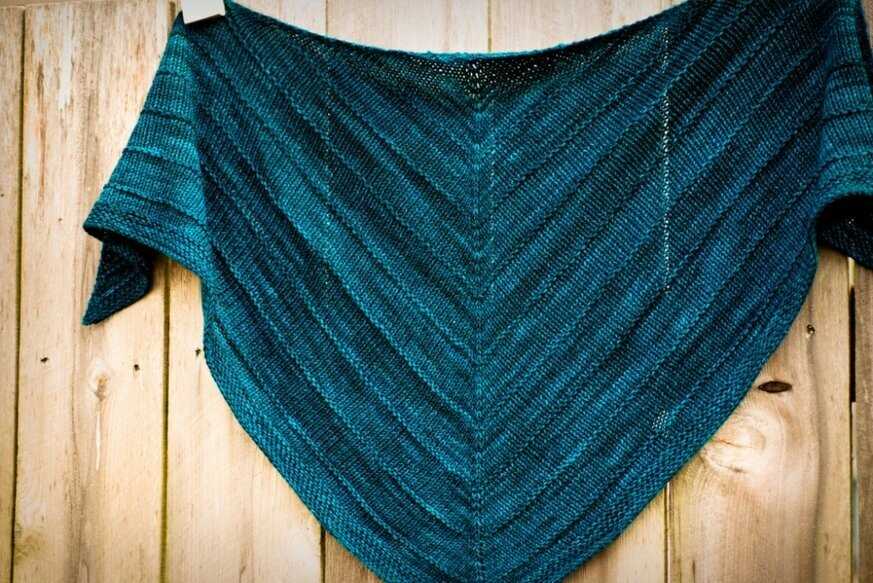
There are many knitting websites and blogs dedicated to providing free shawl patterns and knitting tutorials. Some popular websites include Ravelry, LoveKnitting, and Knitty. These sites often have a wide variety of shawl patterns for beginners along with detailed instructions and helpful tips.
2. Knitting Magazines
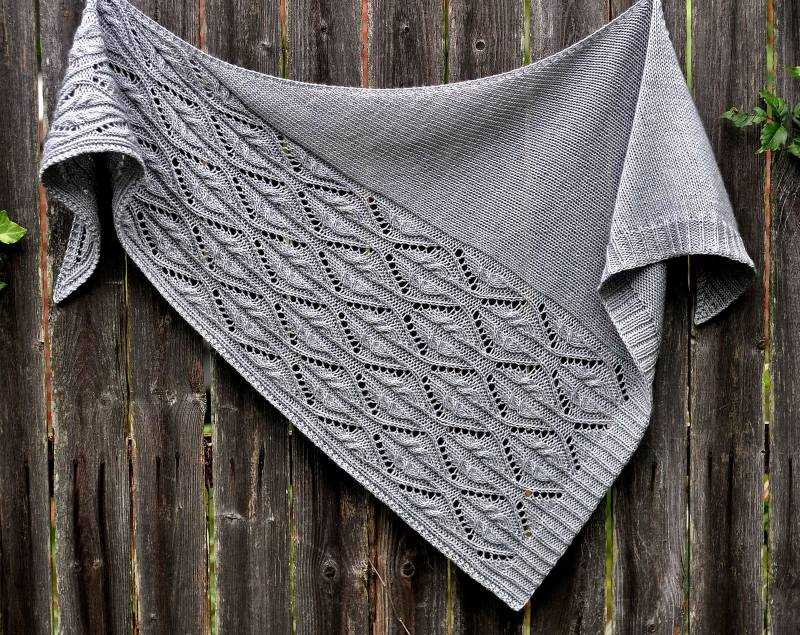
Knitting magazines like Interweave Knits, Knit Simple, and Vogue Knitting frequently feature shawl patterns for all skill levels. These magazines often include in-depth tutorials, beautiful photography, and interviews with knitwear designers. Subscribing to one or more of these magazines can provide you with a regular source of shawl patterns and inspiration.
3. Online Communities and Forums
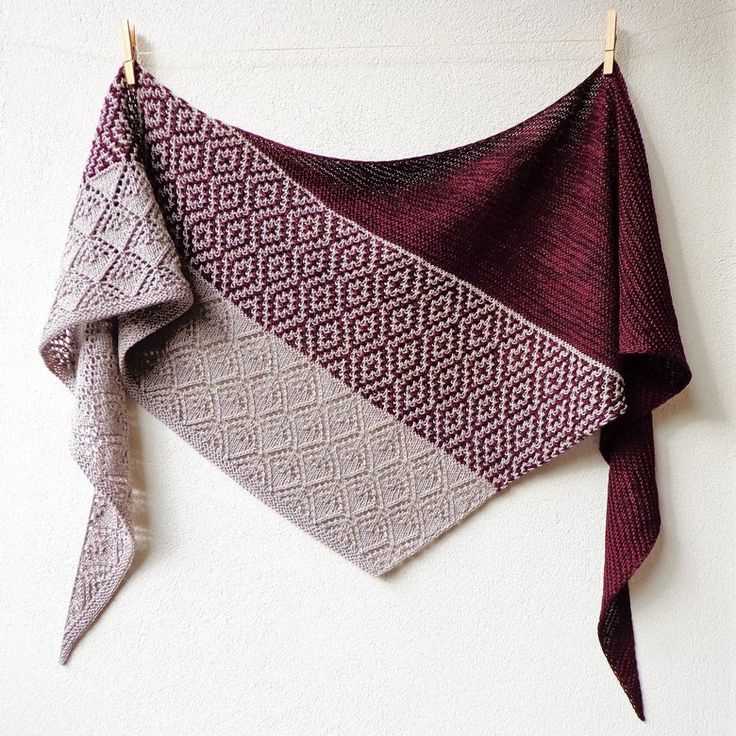
Joining online knitting communities and forums can be a great way to connect with other knitters, ask questions, and discover new shawl patterns. Websites like Ravelry and social media platforms like Instagram have large knitting communities where knitters share their projects, discuss techniques, and recommend patterns. Participating in these communities can provide you with a wealth of shawl pattern ideas and inspiration.
4. Knitting Books
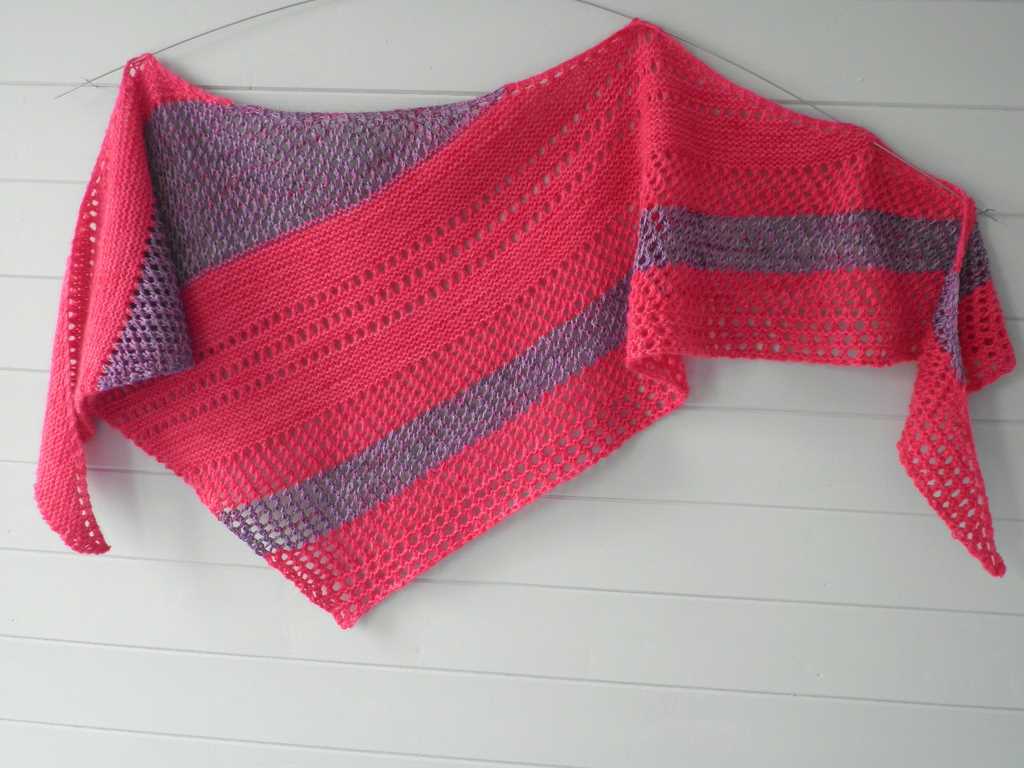
There are many knitting books available that focus specifically on shawl patterns. Some popular titles include “The Shawl Book” by Tessa Lorant, “Wrap Style” by Pam Allen and Ann Budd, and “Shawls, Wraps, and Scarves” by Louisa Harding. These books often feature a variety of shawl patterns in different styles and skill levels, making them a valuable resource for beginner knitters.
5. Local Yarn Stores
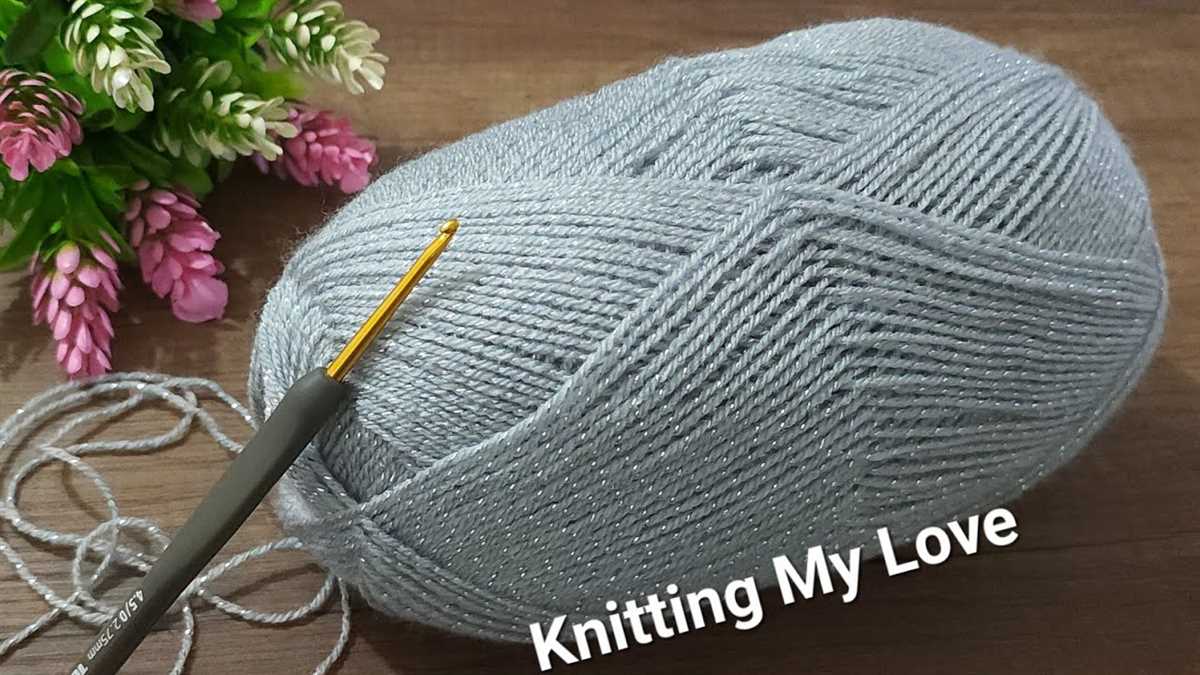
Visiting your local yarn store can provide you with a physical space to browse shawl patterns and seek advice from knowledgeable staff. Yarn stores often have a selection of knitting books and magazines, as well as samples of finished shawls to inspire your next project. Additionally, these stores may offer knitting classes or workshops that can help you learn new techniques and expand your shawl knitting skills.
By exploring these resources, you’ll be able to find a wide range of shawl patterns that suit your skill level and style preferences. Whether you’re looking for lace shawls, textured shawls, or colorwork shawls, there’s a pattern out there waiting for you. Happy knitting!